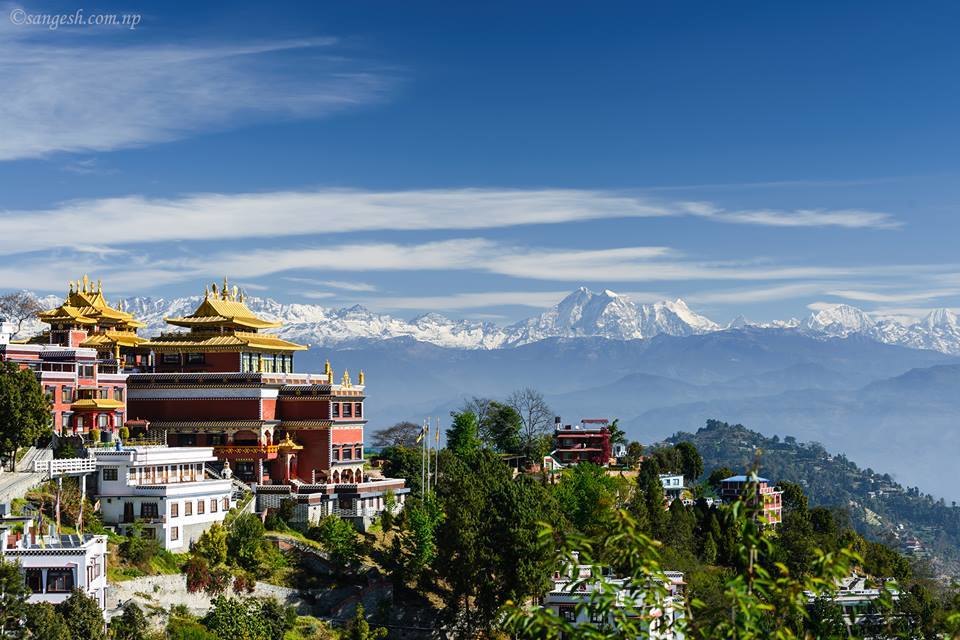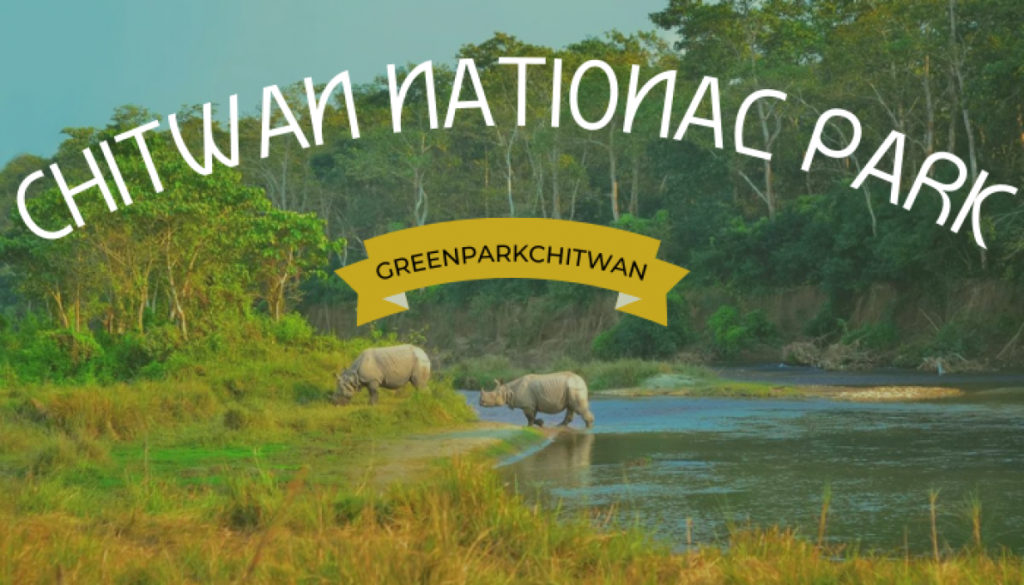Nestled among the majestic peaks of the Himalayas, Nepal is a country that captures the hearts of adventurous souls and nature enthusiasts alike. With its diverse landscapes ranging from low-lying plains to soaring mountain peaks, Nepal offers a unique opportunity to explore its awe-inspiring elevation.
From the towering Mount Everest, the highest point on Earth, to the lush valleys and cascading rivers, this article takes you on a journey through the varied elevations of Nepal, showcasing the beauty and wonder that awaits those who dare to venture into this enchanting land.
Geographical Location of Nepal
Nepal is a landlocked country located in South Asia. It is situated between China in the north and India in the south, east, and west. The country’s geographical coordinates are approximately 28.3949° N latitude and 84.1240° E longitude.
Longitude and Latitude Coordinates
Nepal is positioned within the Northern Hemisphere, lying to the North of the equator. The country’s longitude ranges from approximately 80. 04° E to 88. 12° E, while the latitude extends from about 26. 22° N to 30. 27° N.
Bordering Countries
Nepal shares its borders with two neighboring countries. To the north, it is bordered by the Tibet Autonomous Region of China, and to the south, east, and west, it is surrounded by various states of India. The Indian states of Sikkim, West Bengal, Bihar, Uttar Pradesh, and Uttarakhand form the natural boundaries of Nepal.
Landforms in Nepal
Nepal is a country known for its diverse and captivating landforms. The different regions of Nepal offer a wide variety of geographical features, ranging from towering mountains to lush plains.
Mountains
The majestic Himalayan Range dominates the northern region of Nepal. Eight of the 14 highest peaks in the world, including the renowned Mount Everest, are located in this rugged mountainous terrain. These mountains attract mountaineers and adventurers from all over the globe, seeking to conquer their heights.
Hills
The Middle Hills region of Nepal is characterized by its rolling hills. These hills are smaller in size compared to the towering Himalayas but offer breathtaking views and tranquility. The Middle Hills region is a paradise for trekkers, with various routes that traverse these scenic landscapes.
Valleys
Nepal is also famous for its picturesque valleys. Among them, the Kathmandu Valley is the most well-known. Surrounded by lush green hills, this valley is the cultural and economic hub of Nepal. The Pokhara Valley, with its serene lakes and stunning mountain views, is another popular tourist destination.
Plains
The Terai region, located in the southern part of Nepal, is characterized by vast plains. These fertile plains are ideal for agriculture and are the country’s primary breadbasket. The plains are dotted with lush forests, wildlife reserves, and are home to a variety of flora and fauna.
The Himalayan Range in Nepal

The Himalayan Range is a prominent feature of Nepal’s geography and holds significant importance worldwide.
Highest Peaks in Nepal
Nepal boasts the presence of the world’s highest peaks within the Himalayas. Mount Everest, with an elevation of approximately 8,848 meters (29,029 feet), stands as the tallest mountain on Earth. Other notable peaks in Nepal include Kanchenjunga, Lhotse, Makalu, and Cho Oyu. These mountains not only provide breathtaking beauty but also pose a thrilling challenge for mountaineers.
Formation of the Himalayas
The formation of the Himalayas is an intriguing geological process that began millions of years ago. The collision between the Indian and Eurasian tectonic plates resulted in the upliftment of the Himalayan Range. This ongoing process continues to reshape the landscape and create awe-inspiring mountain ranges.
Mount Everest
Mount Everest, also known as Sagarmatha in Nepali, is the crown jewel of the Himalayas and a source of immense pride for Nepal.
Location
Mount Everest is located in the Khumbu region of Nepal, in the eastern part of the country. It lies within the Sagarmatha National Park, a designated UNESCO World Heritage Site.
Elevation
Standing at an awe-inspiring height of 8,848 meters (29,029 feet), Mount Everest proudly holds the title of the tallest mountain in the world. Its unparalleled grandeur attracts mountaineers, adventurers, and nature enthusiasts from across the globe.
Climbing Routes
There are several climbing routes to reach the summit of Mount Everest, each offering its own set of challenges and rewards. The two most popular routes are the South Col route from Nepal and the Southeast Ridge route from Tibet. These routes require careful planning, extensive training, and a deep respect for the mountain’s harsh conditions.
Sherpas and Mount Everest
The Sherpa people, an ethnic group native to the region surrounding Mount Everest, have played an instrumental role in the history and climbing expeditions of the mountain. Known for their resilience, strength, and mountaineering expertise, Sherpas have served as guides, climbers, and support staff for numerous Everest expeditions. Their invaluable contributions contribute to the success and safety of summiting the world’s highest peak.
Middle Hills region
The Middle Hills region of Nepal is an enchanting landscape that captivates visitors with its beauty and charm.
Geography
The Middle Hills region comprises the rolling hills and valleys that lie between the lowland Terai region and the towering Himalayas. With elevations ranging from 500 meters to 3,000 meters (1,640 to 9,800 feet), this region offers a pleasant climate and diverse terrain.
Elevation
The Middle Hills of Nepal present a moderate elevation, making them an ideal destination for trekkers and hikers of all skill levels. The lower foothills provide an excellent opportunity to experience the beauty of Nepal without the extreme altitude of the Himalayas.
Agriculture and Economy
The Middle Hills region is known for its fertile soil, allowing a wide range of agricultural activities to thrive. From terraced fields of rice and corn to tea and spice plantations, the region sustains a significant portion of Nepal’s agricultural economy. Additionally, it is home to traditional farming practices and diverse cultures, making it an important center for both locals and tourists.
Terai region
The Terai region of Nepal encompasses the southernmost part of the country and is characterized by its expansive plains.
Geography
The Terai region is a lowland plain that stretches for approximately 800 kilometers (500 miles) in length. It borders India and is blessed with rich alluvial soil, thanks to the rivers that flow down from the Himalayas.
Climate
The climate in the Terai region is tropical and humid. It experiences high temperatures throughout the year, with relatively mild winters and scorching summers. The region receives abundant rainfall, making it conducive to agriculture and supporting a diverse ecosystem.
Flora and Fauna
The Terai region is home to a variety of flora and fauna. Lush forests, grasslands, and wetlands cover the landscape, providing a habitat for endangered wildlife such as Bengal tigers, rhinoceros, elephants, and various species of deer. The region also boasts a rich avian population, making it a haven for bird-watchers.
River Systems in Nepal
Nepal is blessed with an extensive river network, thanks to its geographical location and the mighty Himalayas.
Major Rivers
Some of the major rivers in Nepal include the Koshi, Gandaki, Karnali, and Mahakali. These rivers have shaped the landscape over millions of years, carving deep valleys and canyons.
Ganges and Brahmaputra River Basins
The rivers of Nepal are part of the larger Ganges and Brahmaputra river basins. They contribute to the water supply, agriculture, and hydroelectric power generation in both Nepal and neighboring countries such as India and Bangladesh. These river basins are crucial for the livelihoods and economies of millions of people.
The Kathmandu Valley

The Kathmandu Valley holds a special place in the heart of Nepal, both in terms of geography and cultural heritage.
Geographical Features
The Kathmandu Valley is surrounded by a bowl-shaped basin, with the Shivapuri and Phulchowki hills on the northern side and the Chandragiri and Phulchoki hills on the southern side. The valley is traversed by the Bagmati River, which flows through the heart of Kathmandu city.
Cultural Heritage
The Kathmandu Valley is a treasure trove of cultural heritage. It is home to seven UNESCO World Heritage Sites, including ancient palaces, temples, and shrines. The valley is renowned for its rich history, traditional architecture, and vibrant festivals, making it a melting pot of culture and spirituality.
Population
The Kathmandu Valley is densely populated and serves as the political, economic, and cultural center of Nepal. The three main cities in the valley—Kathmandu, Bhaktapur, and Lalitpur—host a significant portion of the country’s population. The valley’s cosmopolitan nature attracts people from various ethnic backgrounds, contributing to its multicultural character.
National Parks and Conservation Areas

Nepal, with its diverse ecosystems and rich biodiversity, has established several national parks and conservation areas to protect its natural heritage.
Chitwan National Park
Chitwan National Park, located in the Terai region, is one of Nepal’s most prominent national parks. Recognized as a UNESCO World Heritage Site, it is renowned for its efforts in conserving the endangered Bengal tiger, one-horned rhinoceros, and other rare wildlife species. The park offers a unique opportunity for wildlife safaris and jungle adventures.
Sagarmatha National Park
Sagarmatha National Park, encompassing the Everest region, is another UNESCO World Heritage Site. It covers a vast area of rugged terrain and high-altitude ecosystems, including Mount Everest and its surroundings. The park is not only home to various endangered species but also boasts stunning landscapes and mesmerizing views.
Annapurna Conservation Area
The Annapurna Conservation Area, located in the central part of Nepal, is renowned for its natural beauty and cultural heritage. It is the first and largest conservation area in the country, encompassing various ethnic communities and diverse ecosystems. The area is a paradise for trekkers, offering breathtaking views of Annapurna and Dhaulagiri mountain ranges.
Effect of the Elevation on Nepal
The diverse elevation of Nepal has a profound impact on various aspects of the country’s social, economic, and natural landscape.
Altitude Sickness
Nepal’s high altitude poses a risk of altitude sickness for travelers, particularly those who ascend rapidly. It is essential to acclimatize properly to the increasing altitude to avoid potential health concerns. Trekking companies and knowledgeable guides help ensure the safety and well-being of trekkers by providing necessary information and support.
Hydroelectric Power Generation
The elevation of Nepal contributes to the generation of hydroelectric power. The country’s rivers, which flow down from the snow-capped Himalayas, provide a significant potential for harnessing hydroelectricity. Nepal has been utilizing this natural resource to meet its growing energy demands and reduce reliance on fossil fuels.
Everest Base Camp Trekking
The elevation of Mount Everest and its base camp attracts adventure-seekers from around the world. The Everest Base Camp Trek is a popular and challenging adventure that allows trekkers to experience the mystique of the Himalayas up close. The trek offers breathtaking scenery, a glimpse into Sherpa culture, and the opportunity to conquer one’s personal limits.
In conclusion, Nepal’s geographical location and elevation make it a unique and captivating destination for nature enthusiasts, adventure seekers, and those interested in exploring diverse landscapes. From the towering peaks of the Himalayas to the sprawling plains of the Terai, Nepal offers a rich tapestry of natural wonders, cultural heritage, and warm hospitality. Whether you are a mountaineer, a wildlife enthusiast, or a culture aficionado, Nepal welcomes you with open arms to explore its breathtaking elevation and immerse yourself in its beauty.

